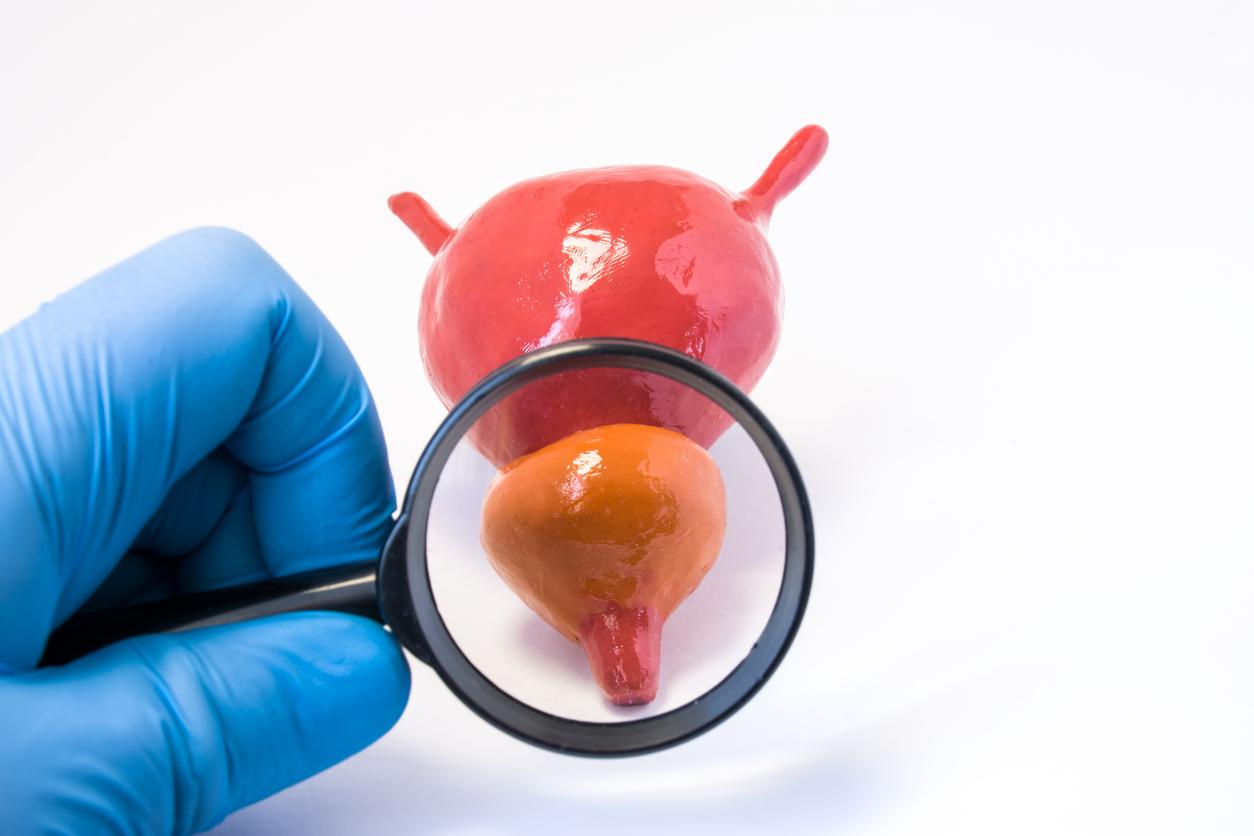For the first time, the sunflower genome has just been sequenced by French researchers. This discovery, the result of ten years of research, could improve sunflower production.

It is a world first. After ten years of intense research, scientists from the National Institute for Agronomic Research (INRA) in Toulouse have succeeded in sequencing the DNA of the sunflower. Objective: finally to deliver all the secrets of this plant, whose genome is 20% larger than that of man.
A puzzle to piece together
It is in Toulouse, united with Terres Inovia within the Tournesol Joint Technology Unit (UMT), that the researchers fully “decoded, ordered and assembled” the sunflower genome, explains in its press release. And it is thanks to cutting-edge technology that the PacBio RS II robot – latest generation robot – was able to reveal all the secrets of the sunflower. Because as scientists explain, its DNA is particularly complex. The sunflower genome “is made up of many, many similar pieces. More than half of the genome has almost identical parts that computer programs find it difficult to differentiate ”, detail the specialists.
Boost production
As reported by Dispatch, sunflowers are sometimes “shunned by farmers because of a lower economic return than other crops”. Knowing the sunflower perfectly could therefore improve production. “It will also help provide farmers with new varieties better suited to production methods, food and industrial uses and meeting the economic challenges of the sector,” added INRA in its press release. Almost 80% of the world sunflower production is ensured in Europe.
This discovery “opens up new potential for the identification of genes of agronomic interest or involved in industrial or food outlets”, underlines INRA. This result will accelerate the effectiveness of international and national sunflower breeding programs. In addition, sequencing will lead to better identification of drought tolerance genes “in response to climate change”.
.















